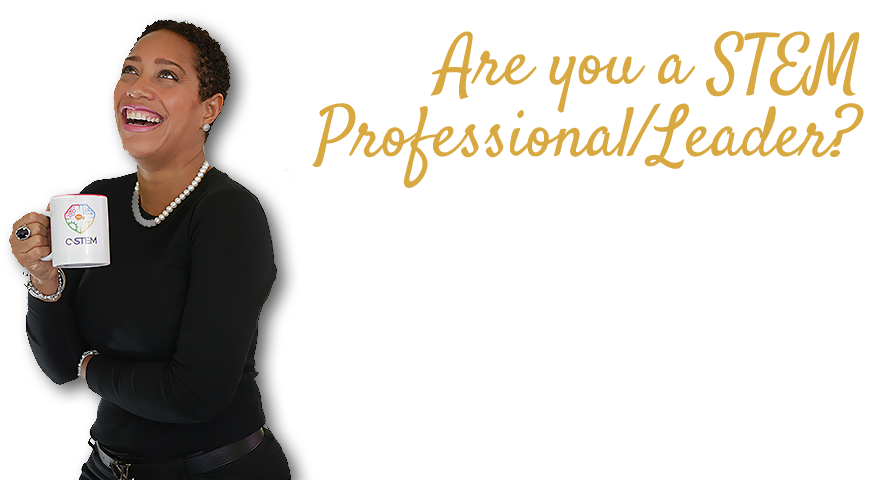Art education is important in the development of creativity within children and serves as an outlet for student expression. When school budgets are cut, art programs are traditionally the first to be eliminated. All of the talk about STEM has over shadowed the decline of art education programs in P-12 schools. We believe the integration of art into STEM education is a viable solution.
Many of our schools face challenges in creating and sustaining quality learning experiences for all children. The key to getting it right is for schools to be flexible, open to collaborative partnerships, and having a willingness to re-invent themselves. Simply said, there is no one-size-fit all solution; the development of the right brain is just as important as the development of the left brain.
In 2007, Reginald Adams, the founder of MOCAH (Museum of Cultural Arts Houston), introduced CSTEM to, “Sacred Geometry – the geometric natural patterns, designs and structures in all forms of life.” Mr. Adams then introduced our organization to Bob Powell, who facilitated a series of math sessions with me and Steve Gomez, a robotics engineer and volunteer from Schlumberger. During these math sessions he shared with us the techniques he used to assist the world renowned artist, the late Dr. John Biggers’, with understanding the mathematics behind his artistry. The result of our “Sacred Geometry” sessions led to the development of math lessons that we currently use to teach students how to develop and use geometric shapes to create art masterpieces.
Integrating art into our curriculum has enabled us to provide thousands of students with little exposure to art education the opportunity to explore, discover, and express themselves creatively. We use painting and sculpting to help students understand math and science. As a result, we have observed students develop a love for math and science through their art experiences.
The CSTEM motto, “Everyone is an Artist and an Engineer,” is an attitude and skill that I believe everyone has and applies to some aspect of daily life, work, or a hobby. The principles used in art and engineering allow people to apply knowledge towards creative problem-solving. Through STEM education, CSTEM is keeping art alive in our P-12 schools. It is important that we restore the educational balance for our children. CSTEM + Art = Future Innovations.


Nice blog post…thanks for the shout out!